The majestic snow leopard, known as the ghost of the mountains, has long captivated the imagination of nature enthusiasts and researchers alike. Renowned for their elusive nature and striking beauty, these large cats are perfectly adapted for life in some of the planet’s most rugged terrains. But what is it about the snow leopard that inspires such an ethereal moniker? This article delves into the enigmatic world of snow leopards, exploring the reasons behind their ghostly epithet, and shedding light on their unique adaptations, behavior, and the conservation challenges they face.
The Ghostly Moniker: An Introduction
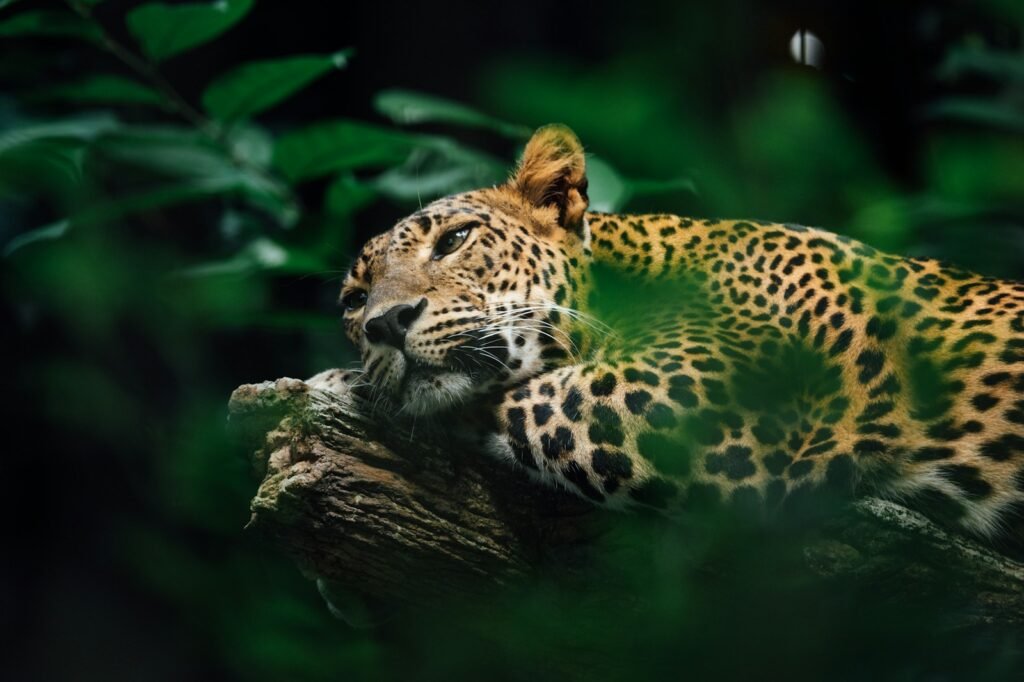
The term “ghost of the mountains” primarily arises from the snow leopard’s elusive behavior and its ability to blend effortlessly into its rocky environment. These cats are masters of camouflage and have a natural talent for remaining unseen. Despite their size, snow leopards are remarkably inconspicuous, often silently navigating their alpine habitats without a trace, much like a specter moving through mist.
A Master of Camouflage
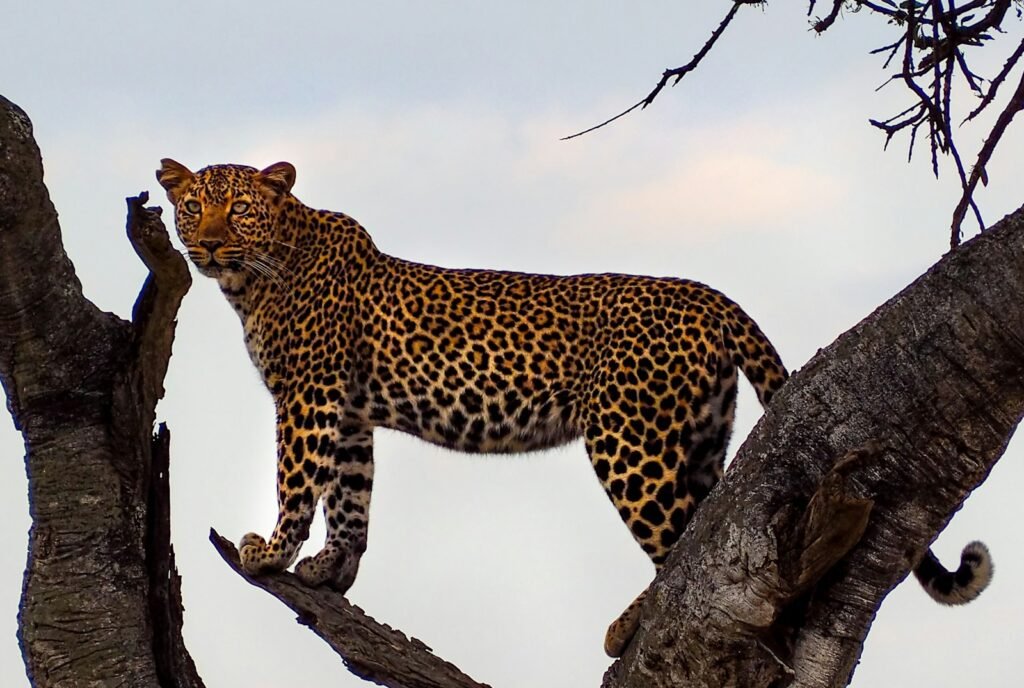
Snow leopards possess a unique coat that serves not just to insulate them from the cold, but also to provide perfect camouflage against their mountainous surroundings. Their thick fur is patterned with rosettes and spots that mimic the rocky outcrops and snow-covered landscapes of their habitats. This natural disguise allows them to remain hidden from both prey and potential threats, reinforcing their ghost-like reputation.
Solitary and Stealthy Hunters
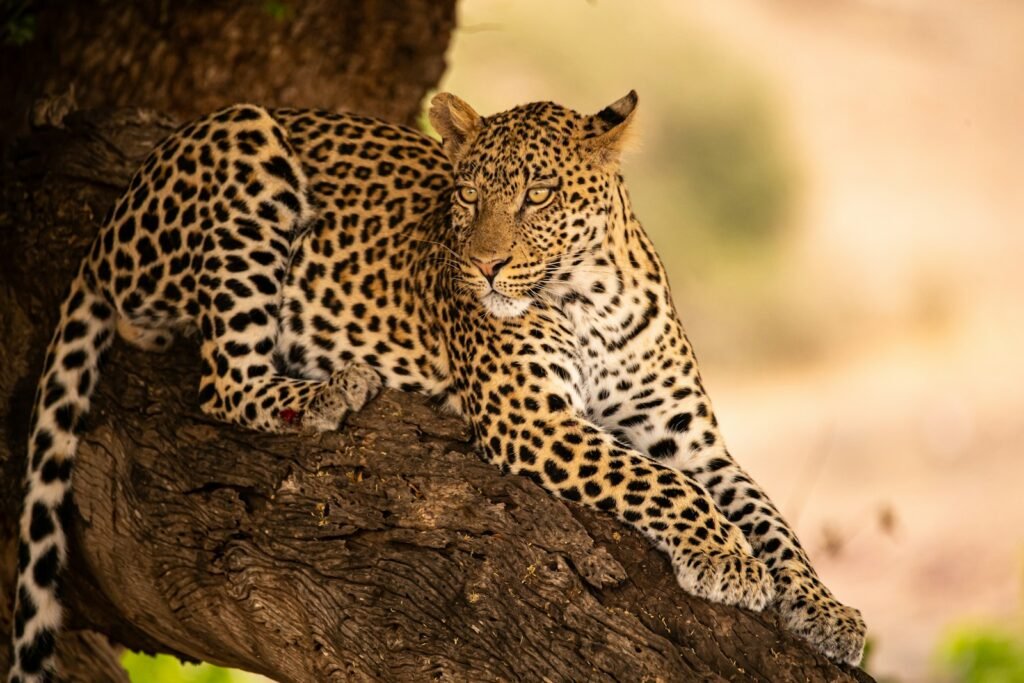
Part of the allure surrounding snow leopards is attributed to their solitary and stealthy hunting practices. These cats are primarily nocturnal and crepuscular hunters, active during the early morning and late evening when visibility is low. Their quiet, deliberate movements often make them undetectable to both prey and humans, strengthening the perception of them as mountain phantoms.
Adaptations to High-Altitude Life
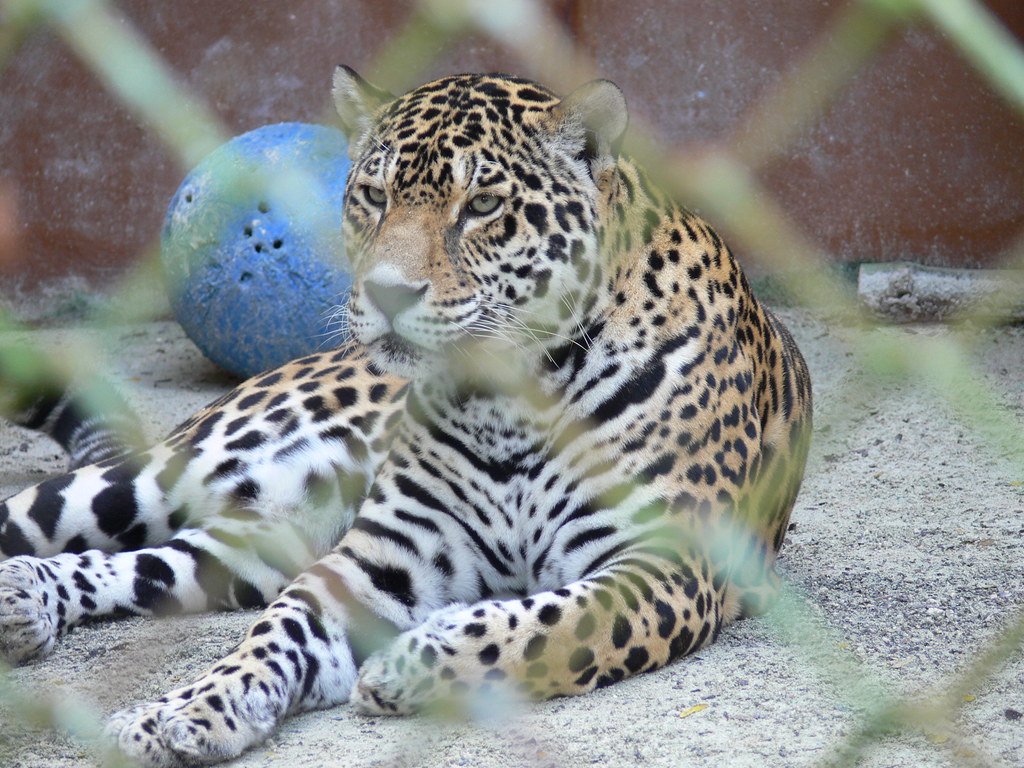
Snow leopards inhabit some of the highest mountain ranges on Earth, including the Himalayas, Karakoram, and the Tibetan Plateau. Their bodies are superbly adapted to these harsh environments, with a strong, agile build that allows them to traverse rocky terrain with ease. Their large lungs and powerful limbs enable them to move efficiently at high altitudes where oxygen levels are lower than at sea level.
A Disappearing Act: Habitat and Range
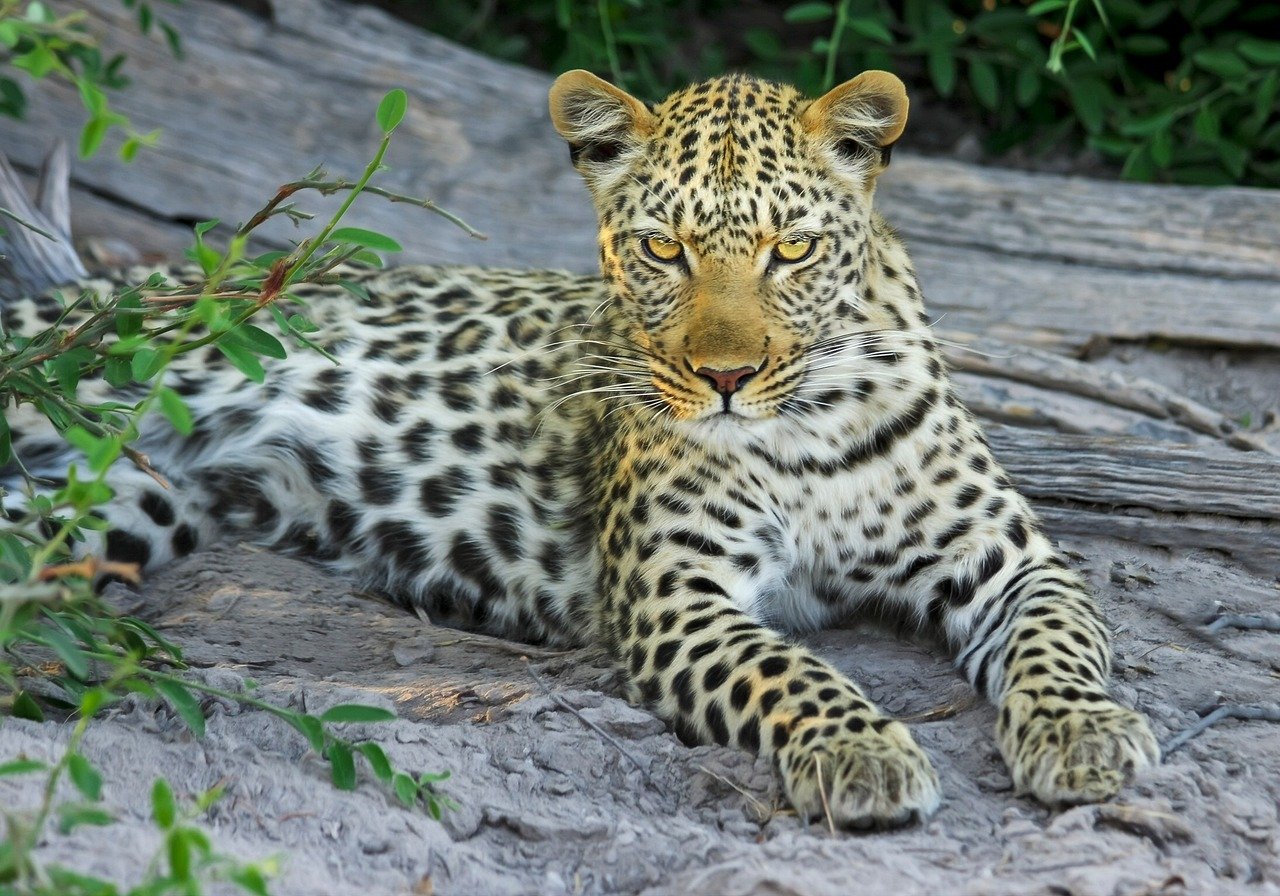
The range of the snow leopard extends across 12 countries in Central and South Asia, with an estimated global population of just 3,920 to 6,390 individuals. Despite their wide distribution, their actual home ranges are vast, and sightings are rare, contributing to their ghostly image. The remoteness and inaccessibility of their habitats also add an element of mystery to their existence.
Challenges in Conservation

Conservationists face significant challenges in protecting snow leopards due to their elusive nature and the vastness of their range. Threats such as habitat loss, poaching, and climate change have all contributed to their status as a vulnerable species. Efforts to conserve snow leopards often involve complex international cooperation, engaging with local communities, and promoting sustainable development practices in mountainous regions.
The Role of Snow Leopards in Ecosystems

As apex predators, snow leopards play a crucial role in maintaining the health of their ecosystems. They help control the population of herbivores such as blue sheep and ibex, preventing overgrazing and aiding in the preservation of the delicate balance within their high-altitude habitats. Protecting snow leopards also means safeguarding the broader environmental health of these regions.
Cultural Significance and Perception
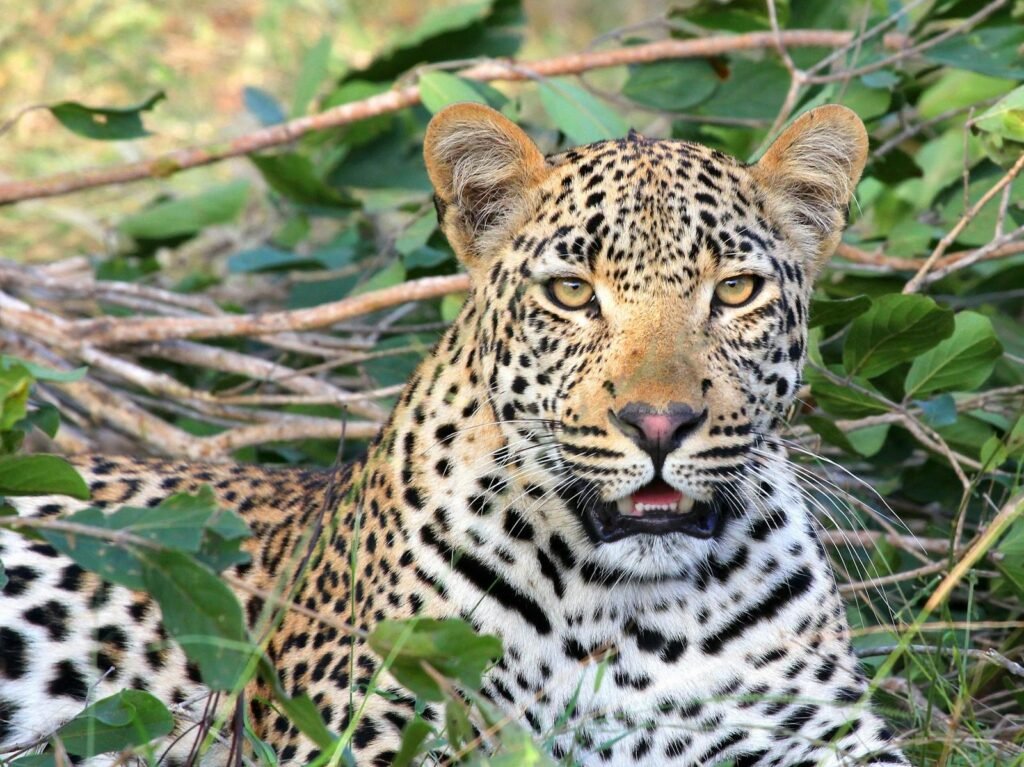
Throughout history, snow leopards have held a place in indigenous cultures and folklore, often symbolizing grace, strength, and beauty. In many cultures, they are considered sacred creatures, and their presence is seen as an omen of blessings and protection. The mysterious and almost mythical status of the snow leopard has only served to deepen its portrait as the ghost of the mountains.
Conclusion: The Lasting Mystique of Snow Leopards
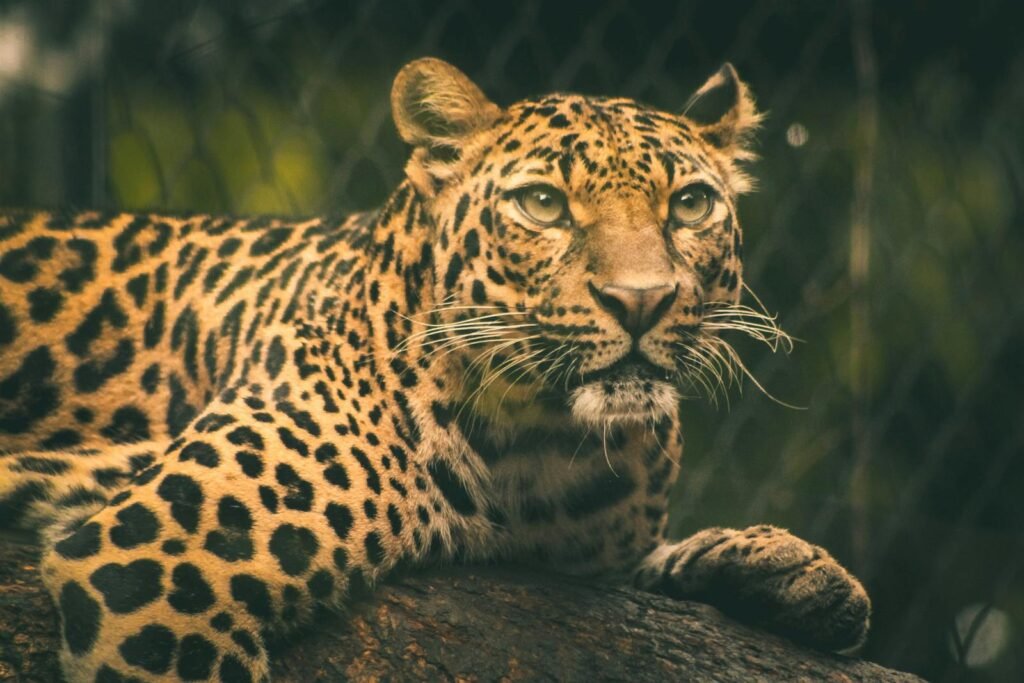
Snow leopards, with their elusive presence and masterful adaptations to their austere surroundings, have rightfully earned the title “ghost of the mountains.” Their ability to remain unseen, coupled with their powerful role within their ecological niche, highlights their importance as both a symbol and an indicator of environmental health. As conservation efforts continue, fostering a better understanding and appreciation of these magnificent animals becomes ever more crucial. Ultimately, the preservation of snow leopards will depend on our ability to balance human needs with those of the natural world, ensuring that these ghostly creatures continue to roam the mountain ranges for generations to come.
Hi, I’m Bola, a passionate writer and creative strategist with a knack for crafting compelling content that educates, inspires, and connects. Over the years, I’ve honed my skills across various writing fields, including content creation, copywriting, online course development, and video scriptwriting.
When I’m not at my desk, you’ll find me exploring new ideas, reading books, or brainstorming creative ways to solve challenges. I believe that words have the power to transform, and I’m here to help you leverage that power for success.
Thanks for stopping by, Keep coming to this website to checkout new articles form me. You’d always love it!






